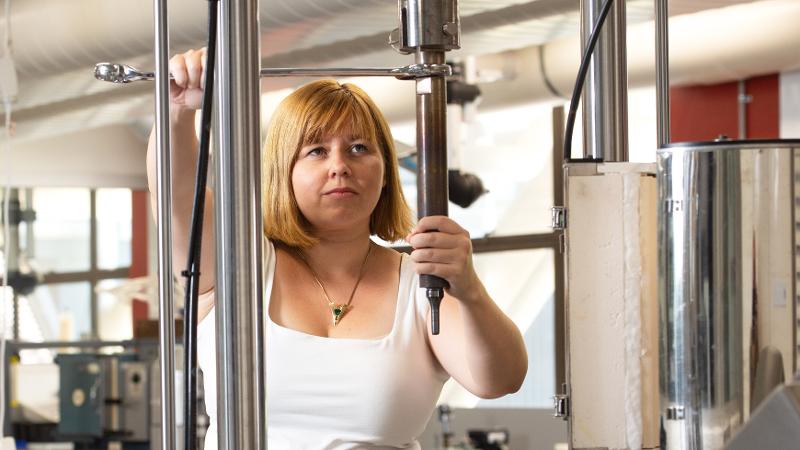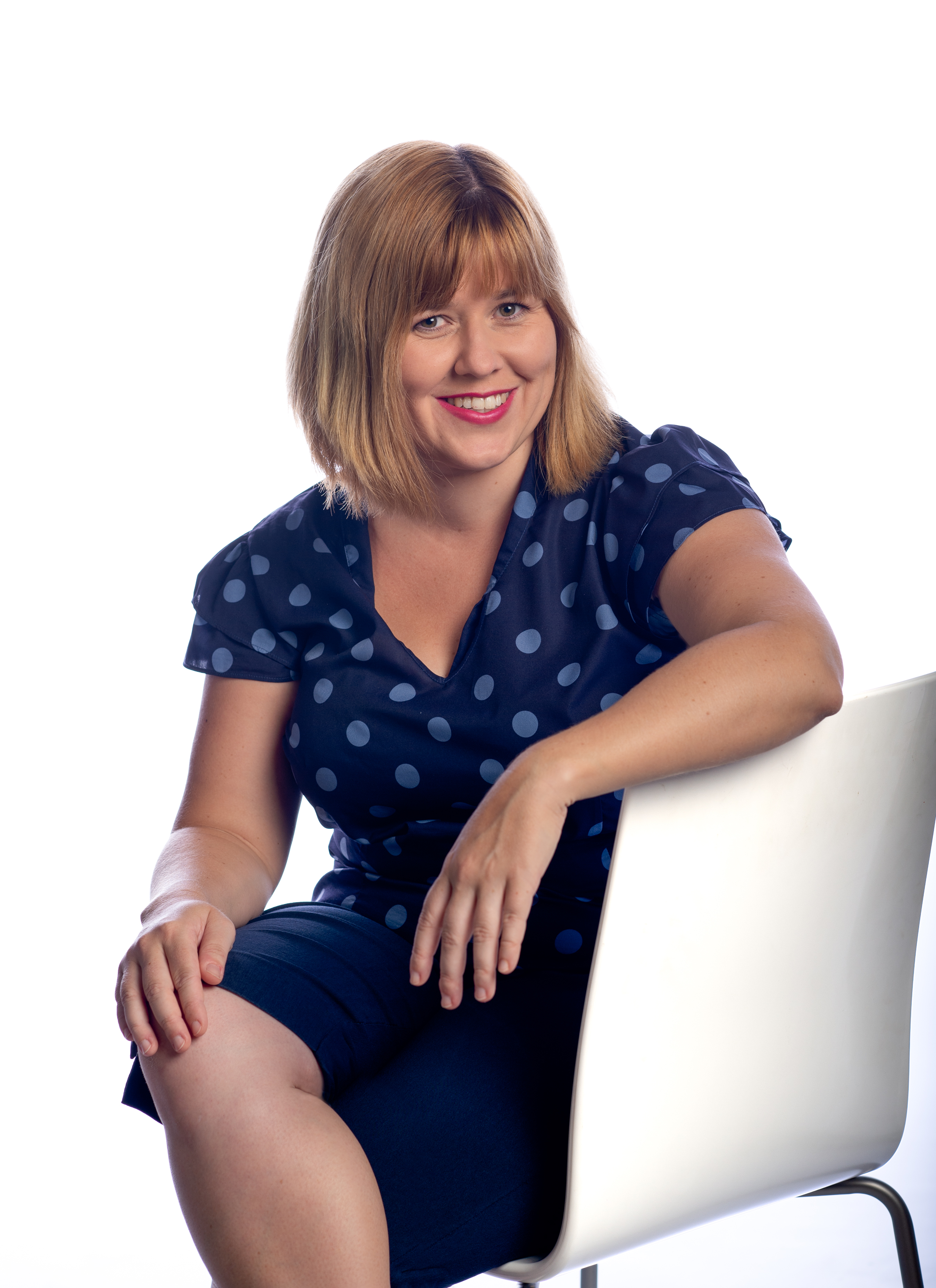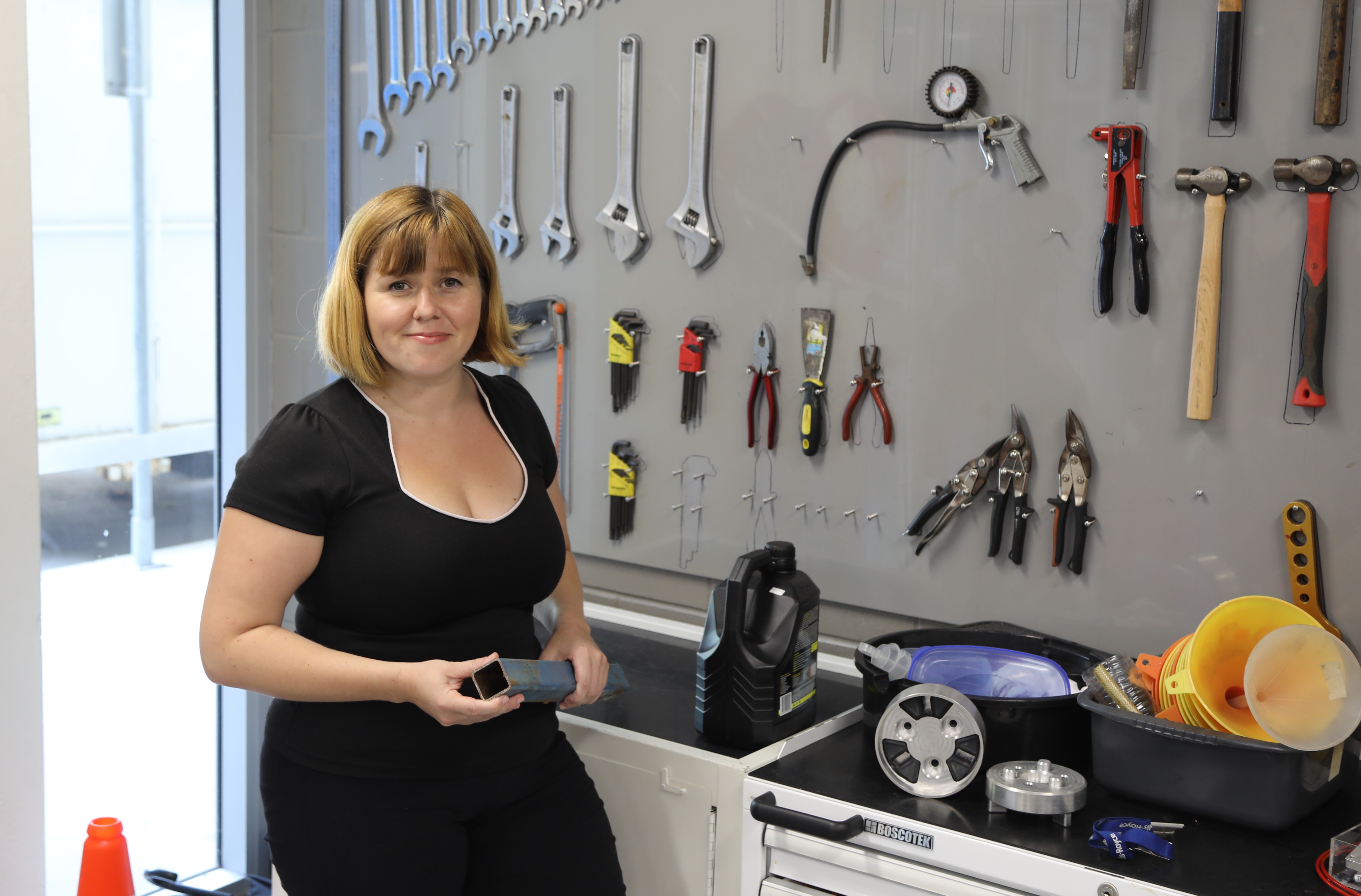
Can breaking things help create tomorrow’s technology and future-proof our world? QUT mechanical engineer and physicist Dr Veronica Gray says it most definitely can.
She has made a career out of pushing metal and other materials to their breaking point, literally, to see how they cope with extreme conditions.
Dr Gray has worked on projects ranging from engines in jet airliners to gas turbines in power plants and is now researching full-time with QUT’s Centre for Materials Science in Brisbane.
 A metallurgist and neutron scatterer, she is an expert on the high-performance materials – particularly metals – that are used in modern manufacturing and needed for many emerging technologies.
A metallurgist and neutron scatterer, she is an expert on the high-performance materials – particularly metals – that are used in modern manufacturing and needed for many emerging technologies.
“Things only break for one reason – the bonds that hold the atoms together fail,” Dr Gray said.
“Those bonds break at different times and in different ways depending on stress and temperature.
“I figure out when, why and how things break, so we can push their breaking point further, which means they can better handle extremes.”
Dr Gray said every material had its limits.
“When we use plants or machines, we bet our lives on the relationship between atoms,” she said.
“I work to build and understand those relationships.
“I work on power plants where I need to predict the breaking point more than 20 years into the future, and jet engines where we push the stress and temperature to the absolute limits.”
At QUT, Dr Gray is currently focused on how materials respond to changing patterns of use.
“Our world is now much more focused on meeting ‘on-demand’ needs,” she said.
“For example, a normal power plant traditionally runs 24 hours a day, 365 days of the year. But renewable energy is cyclic and tied to the rising and the setting of the sun. So we need to be able to stop-start things, but that changes how and when things break – usually for the worse.
 “One of my biggest challenges is to understand the difference between constant operation and non-constant operation in terms of material creep (slowly stretching over time) and fatigue (cracking). This is incredibly important because many of our future technologies will operate on demand, rather than operating constantly.”
“One of my biggest challenges is to understand the difference between constant operation and non-constant operation in terms of material creep (slowly stretching over time) and fatigue (cracking). This is incredibly important because many of our future technologies will operate on demand, rather than operating constantly.”
The high-performance materials Dr Gray works with include nickel superalloys, titanium alloys, MAX phase ceramics, and high performance steels.
Prior to joining QUT in 2018, she worked for four years at the Royce University Technology Centre in Swansea, alongside Cambridge and Oxford universities, with a focus on the mechanical properties of new aerospace materials.
Her previous roles also include working as a ships engineer, in computer modelling and gaming, and in electronic warfare with the Australia’s Defence Science and Technology Organisation.
Learn more about Dr Gray here and other leading QUT researchers here.
QUT Media contacts:
- Mechelle McMahon, media@qut.edu.au
- Rose Trapnell, media@qut.edu.au or 0407 585 901


